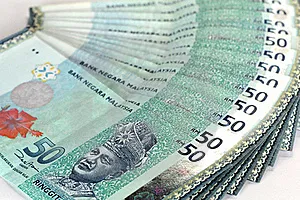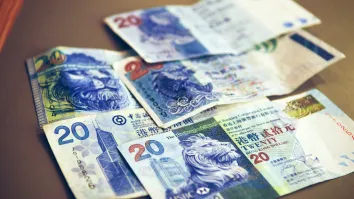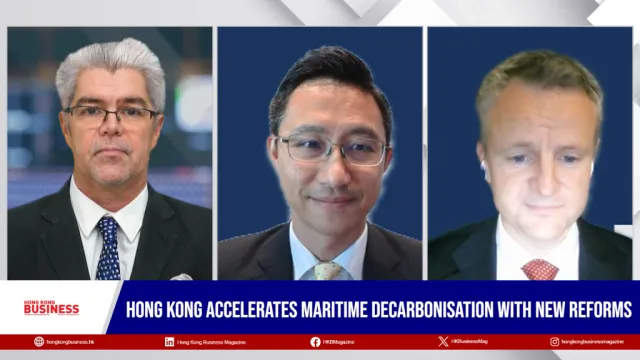
Thailand and Malaysia need to make urgent reforms
If not, problems lie ahead, say Morgan Stanley
However, policy reforms are still slow on the uptake and growth dynamic will likely remain weak.
Here’s more from Morgan Stanley Research:
| Policy makers have relied on loose monetary and fiscal policies to boost growth for too long: While this approach was appropriate in the face of the collapse in external demand during the onset of the global credit crisis, loose policies have resulted in the return of the macro problem of inflation and micro problem of profitability of policy-induced growth. Policy makers must now focus on the difficult structural reforms needed to put growth back on a productive and sustainable path. A sustainable growth plan needed: In China, policy makers need to boost consumption and ensure that manufacturing businesses start moving towards higher value added products. In some parts of ASEAN, particularly Thailand and Malaysia, structural reforms to boost the relatively low investment to GDP ratio are needed. Korea suffers from some of the problems similar to that of the developed world—due to the high level of financial indebtedness and deteriorating demographics, implying the need to accept lower potential growth in this environment. In India, the government needs to tap into the country’s favourable demographic trends and initiate reforms to lift investment to GDP creating a virtuous cycle of growth in productive job opportunities—rise in savings—rise in investments and therefore GDP growth. Moving in the right direction but the pace of reform is still slow: Although we see policy makers beginning to move in the right direction, the pace of implementing reforms is still slower than desirable. Hence, in the near term, unfortunately, the productivity dynamic is likely to remain weak, in our view. Summary The global credit crisis and its attendant implications for the outlook for external demand for the AXJ region led policy makers to push for stronger growth in domestic demand. So far the policy makers in the region, particularly, India and China have relied largely on pushing growth by using loose fiscal and monetary policy. At the onslaught of the credit crisis, this approach was justified considering the pace at which the global credit crisis unfolded. However, we believe that the policy makers relied on this rather less productive growth dynamic for too long, pushing inflation higher. We believe there is a need for policy makers to refocus on the difficult structural reforms, bringing back the productivity dynamics and more sustainable growth. For some countries, where weaker growth in the G3 economies may mean lower potential growth, the reconciliation process needs to happen to ensure that policy makers do not push for pre-credit crisis growth rates with mere support of fiscal and monetary policy. Quick Fix Easy Approach to Push Growth Post Credit Crisis As the global recession unfolded, policy makers relied more on the easier path of reflating domestic demand via monetary policy easing and fiscal expansion to offset the collapse in external demand. Indexed total AXJ exports declined from the pre-crisis peak of 100 in July 2008 to a trough of 70 in February 2009. In response, policymakers in the region ex-India cut policy rates from a peak of 6.6% in August 2008 to 4.4% in August 2009, while India cut its rates from 9.0% in August 2008 to 4.75% in April 2009. Correspondingly, fiscal deficits for the region (on a weighted-average basis) expanded from the trough of -0.3% of GDP in 2007 to -2.1% in 2008 and -4.4% in 2009. Policymakers have doled out fiscal incentives to encourage consumer spending. This played a key role in stimulating domestic demand across the region, with China, India, and Indonesia recovering the fastest because of their strong structural growth dynamics. Indeed, reflecting the relative strength of domestic demand, the current account surplus in the region has already almost halved to 3.8% of GDP during the four quarters ending Dec-10, from the peak of 7.1% during 2007. Not the Same Productivity Dynamic as 2004-07 However, at the heart of this push to domestic demand was a government-driven growth dynamic. For instance, in India, the government lifted its overall expenditure to GDP by 4% points – the bulk of this is officially reported as revenue expenditure. Even capital expenditure by the government tends to be low efficacy spending in India. Moreover, the Reserve Bank of India also left real policy rates in negative territory for too long. Similarly, in China, the government focused on boosting domestic demand with the support of loose fiscal and monetary policy. China’s bank lending has increased by US$3.6 trillion since December 2008 (80% of pre-crisis GDP). Although a large part of this borrowing has been used for investment, creating highly productive fixed investment at that rampant pace is difficult. Indeed, a significant part of the credit expansion has been allocated to real estate and the rural economy. Moreover, unlike the position after the 2001-03 credit boom, the increase in the working age population is likely to be much smaller in the years to come. In other words, productivity gains from the built capacity in low value added manufacturing and attendant infrastructure spending would likely be lower. Indeed, according to United Nations data, China will see an addition of only 18 million people to its working age population over 2011-2020, while it added 114 million people to its working age population over the past decade. Similarly, in the rest of the region, policy makers have also tried to boost domestic demand in their own ways using different mixes of monetary and fiscal policy. Real interest rates remain negative for most countries in the region and fiscal deficits are high relative to the recent past. |



















 Advertise
Advertise






